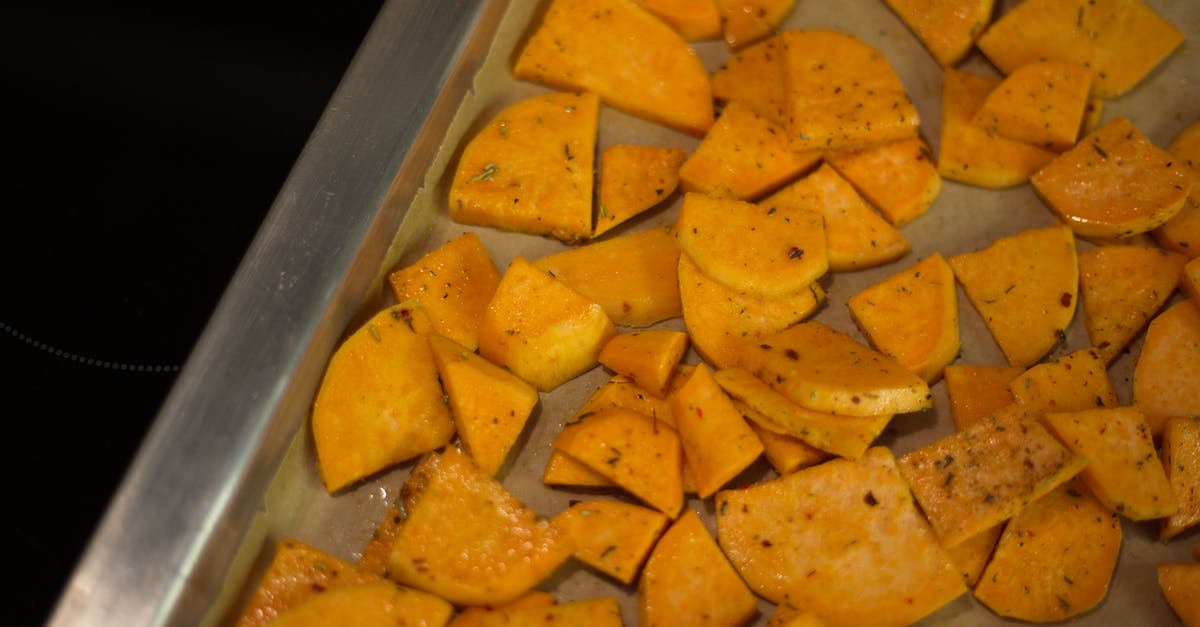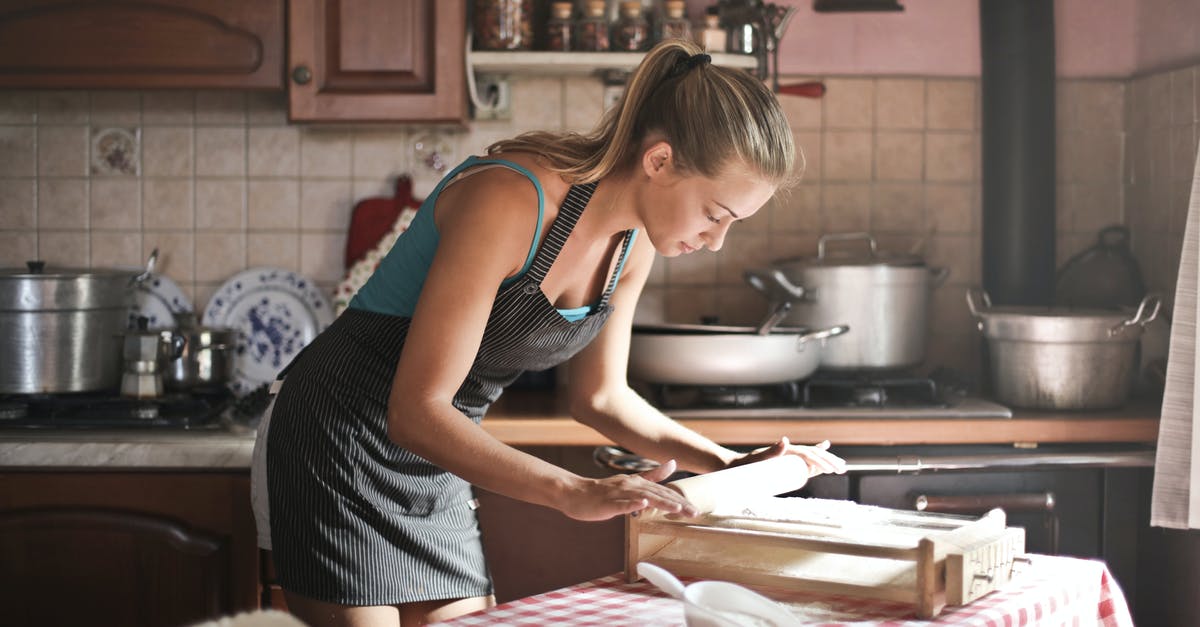Interpreting a recipe from Mrs Beeton: "rather a brisk oven"

Old recipes are well-known for being imprecise, especially about temperature, but when they call for a "hot" or "cool" oven we can get a decent idea of what they're talking about. This one:
SODA BISCUITS.
- INGREDIENTS.—1 lb. of flour, 1/2 lb. of pounded loaf sugar, 1/4 lb. of fresh butter, 2 eggs, 1 small teaspoonful of carbonate of soda.
Mode.—Put the flour (which should be perfectly dry) into a basin; rub in the butter, add the sugar, and mix these ingredients well together. Whisk the eggs, stir them into the mixture, and beat it well, until everything is well incorporated. Quickly stir in the soda, roll the paste out until it is about 1/2 inch thick, cut it into small round cakes with a tin cutter, and bake them from 12 to 18 minutes in rather a brisk oven. After the soda is added, great expedition is necessary in rolling and cutting out the paste, and in putting the biscuits immediately into the oven, or they will be heavy.
Time.—12 to 18 minutes. Average cost, 1s.
Sufficient to make about 3 dozen cakes. Seasonable at any time.
[italics mine] is less clear. Presumably brisk=quick cooking=fairly hot, but that could still be anywhere from say 180°C to 250°C. As I'm considering baking it to see how they turn out, finding a similar modern recipe to copy isn't really possible, because I don't know what constitutes similar: a biscuit (UK)? a scone?
I've asked about another aspect of the same recipe, and the idea of baking it was prmpted by a discussion about the meanings of biscuit at english.se.
Best Answer
To give oven temperatures in degrees is a fairly modern invention:
In our (great...) grandmothers' time, ovens didn't have thermostats and dials, but were heated with wood or other fuel and adjusting the temperature depended on the skill of the cook (more or less wood, more or less air..) and hence recipes gave "classes" of temperature, e.g. high heat or low heat. I even have a German cookbook from the 1930 that still gives verbal descriptions ("bake at moderate heat") instead of temperatures.
Another verbal scale used "speed terms", refering to how fast the food cooked. A fast oven for bread, a brisk oven for cookies, a slow oven for delicate confectionary or long braising and so on.
There are many conversion tables for the cool-to-hot phrases, but I couldn't find one explicitly including "brisk".
But if you note that brisk is slower/cooler than fast and fast = hot, this places brisk in the moderately hot category, or, plainly put, around 200C. A few degrees more or less will be your choice and depend on your preference for lighter or darker biscuits and also a bit on your oven. Look for visual clues like browning or rising.
This fits modern recipes, that suggest a similar range for cookies. So I suggest you give it a try and adjust according to your preference and test batch.
Pictures about "Interpreting a recipe from Mrs Beeton: "rather a brisk oven""



How hot is a brisk oven?
But if you note that brisk is slower/cooler than fast and fast = hot, this places brisk in the moderately hot category, or, plainly put, around 200C. A few degrees more or less will be your choice and depend on your preference for lighter or darker biscuits and also a bit on your oven.What temperature is a slack oven?
ConsistencyWater ContentTemperatureVery StiffBelow 50%23 C (73.4 F)Firm to Moderately Firm60 to 65%25 C (77 F)Soft to Soft and Slack65 to 75%27-28C (80.6-82.4 F)What was a quick oven?
Conversion to Fahrenheit Very slow (very low) oven: 300-325\xb0 F. Slow (low) oven: 325-350\xb0 F. Moderate (medium) oven: 350-375\xb0 F. Fast/quick (high) oven: 375-400\xb0 F.What is a slack oven?
: inadequately or badly baked also : imperfectly made or finished.The Marvellous Mrs Beeton.. with Sophie Dahl
More answers regarding interpreting a recipe from Mrs Beeton: "rather a brisk oven"
Answer 2
This is an interesting problem as it looks like it's halfway between a shortbread cookie and a scone. Shortbread should be baked at 190C and scones at 220C, so I'd aim for the middle on this and go for 205C.
Answer 3
Taking a comparative approach, other mentions of a brisk oven in the same source are:
- Baked beef-steak pudding: 90 minutes in a brisk but not fierce oven.
- Broiled ox-tail may be more easily prepared by putting the tails in a brisk oven.
- Toad-in-the-hole should be baked in a tolerably brisk oven for 90 minutes.
- Fricandeau of veal should be simmered very gently for about 150 minutes, then a short time before serving put into a brisk oven to firm up the bacon so that it doesn't break when glazed.
- Giblet pie should be baked for rather more than 90 minutes in a brisk oven.
- Cherry tart is baked in a brisk oven from 30 to 40 minutes.
- Dampfnudeln, or German puddings, are baked for 10 minutes in a brisk oven to acquire a nice brown colour.
- Somersetshire puddings: in a brisk oven for about 30 minutes.
- Charlotte-aux-pommes: in a brisk oven, of a light colour. Time unspecified, but the prep looks quite quick so I'm guessing most of the 40-50 minutes is for the baking.
- Simple apple charlotte: in a brisk oven for rather more than 45 minutes.
- Cheese sandwiches (nowadays we'd call these cheese toasties): 10 minutes in a brisk oven.
- Plain buns: in a good brisk oven; from 15 to 20 minutes will be required to bake them nicely.
- Good plain buns: in a brisk oven from 20 to 30 minutes.
- Rusks: in a brisk oven for about 20 minutes, and then a further 5 minutes having broken them in half.
- Yeast-cake: in a brisk oven for about 90 minutes, covering with brown paper if the top browns too much before they're cooked through.
And I need a whole separate section on puff pastry:
Puff-paste requires a brisk oven, but not too hot, or it would blacken the crust; on the other hand, if the oven be too slack, the paste will be soddened, and will not rise, nor will it have any colour
- When making chicken patties, puff paste wrapped around bread and glazed with egg is baked in a brisk oven for about 15 minutes.
- Fruit turnovers, also using puff pastry, are baked in a brisk oven for about 20 minutes.
- Lemon cheesecakes (in puff pastry) for about 15 minutes in a good brisk oven.
- Mince pies in a brisk oven for 25 minutes, or longer, should the pies be very large.
- Open tarts of puff pastry and jam: in a brisk oven from 10 to 15 minutes.
- Tartlets, which seem to be the same thing (?), in a brisk oven for about 10 minutes, or rather longer.
- Vol-au-vents, although here it's more complicated, so I'll skip this in the analysis.
- Ramakins of puff pastry and cheese: brisk oven from 10 to 15 minutes.
Analysis
Some of these times look rather long. I can't find a single modern puff pastry mince pie recipe which takes longer than 20 minutes, even at 180C. Toad-in-the-hole recipes seem to be about 25 minutes at 220C and then 10 minutes at 180C, so 90 minutes must be at a low temperature. That 90 minute yeast cake surely can't be at more than 160C.
On the other hand, the apple charlotte takes only slightly longer than Delia Smith's at 200C, and most of the puff pastry times seem plausible for 200C or slightly higher.
My tentative conclusion would be that brisk could mean anything from 160C to 220C, which possibly accounts for the 50% margin of error (12 to 18 minutes) in the cooking time of the soda biscuits. I would be inclined to try 200C and check on them after 12 minutes.
Sources: Stack Exchange - This article follows the attribution requirements of Stack Exchange and is licensed under CC BY-SA 3.0.
Images: RODNAE Productions, SHVETS production, Damir Mijailovic, Andrea Piacquadio
